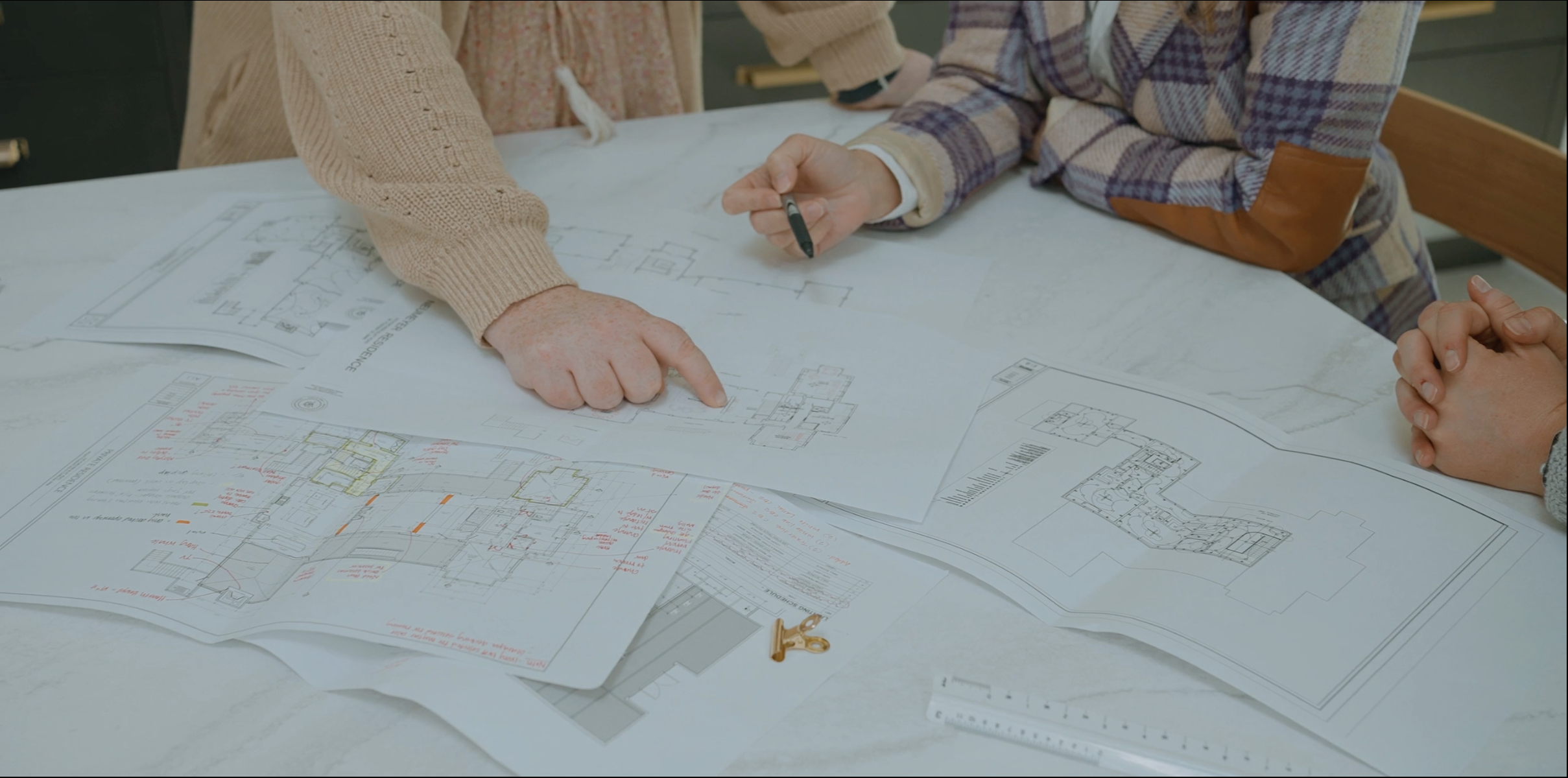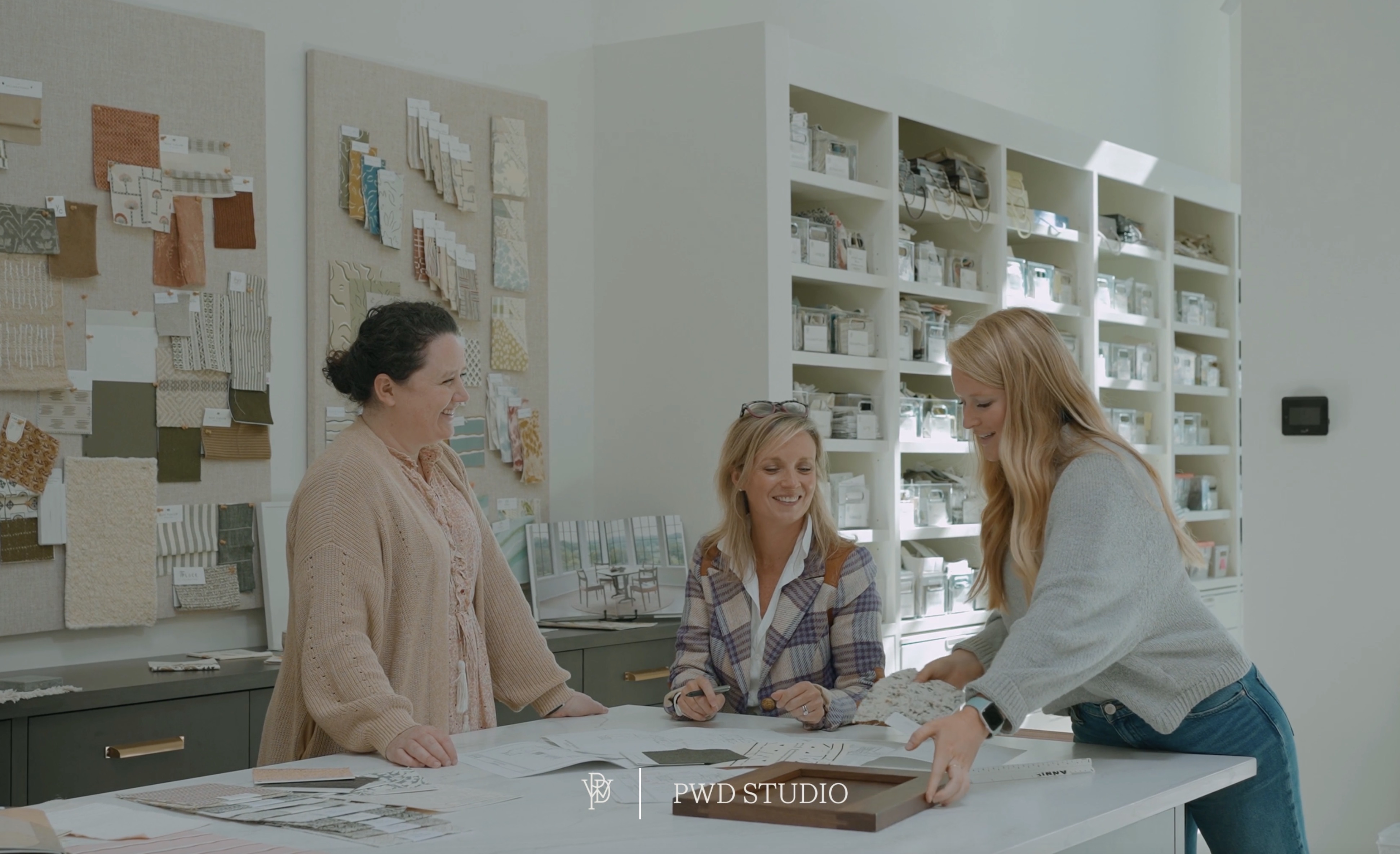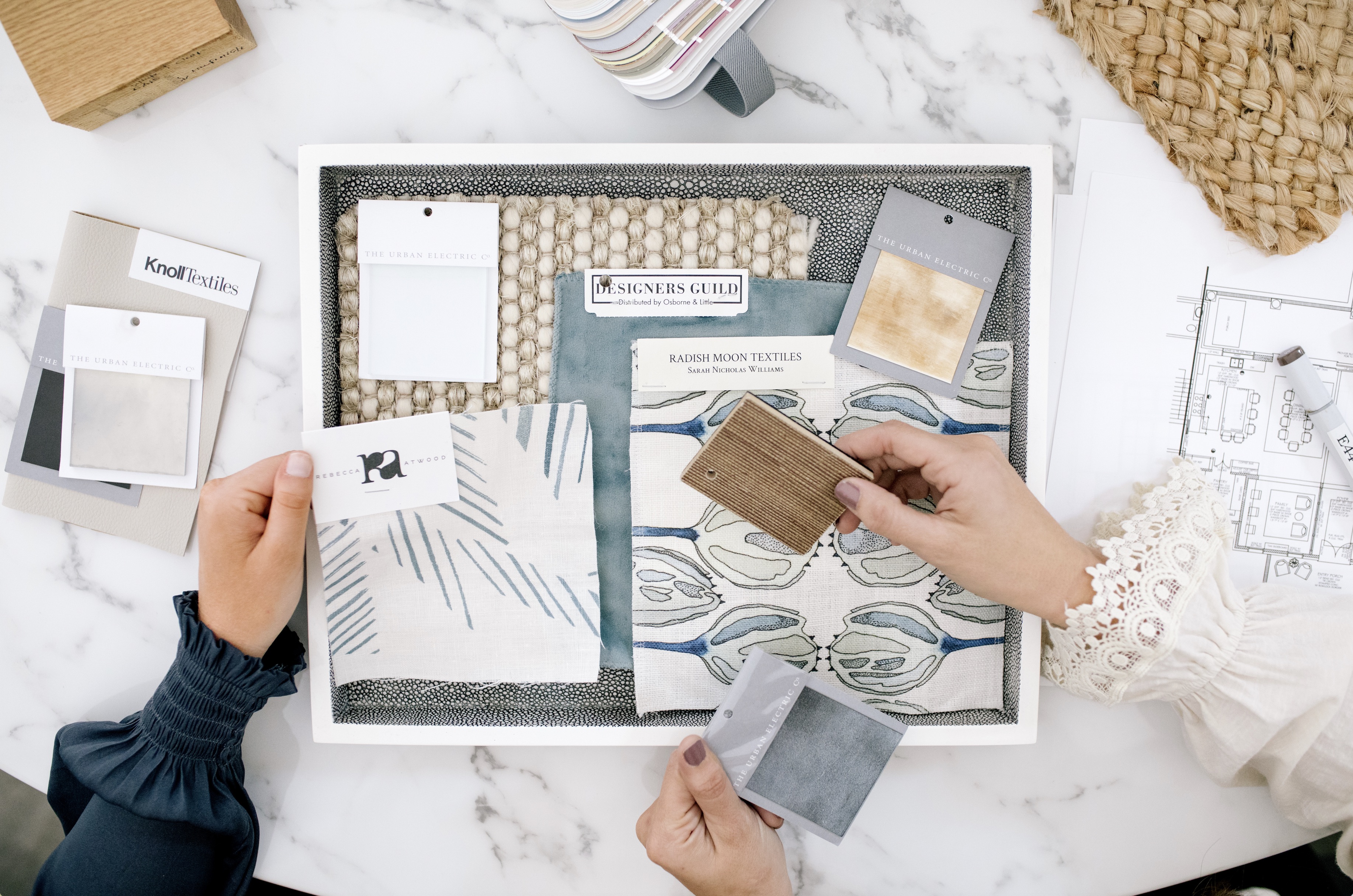VOL I: What Makes a Great Contractor (and Why It Matters)

Belief: Interior designers are one part of the home-building process.
Fact: Designers collaborate with a dozen (plus!) experts throughout the home-building process. The obvious include builders and architects—but also landscape designers, pool designers, painters, artists, and specialists in cabinetry, millwork, plumbing, electrical, hardware, technology, and appliances... we could go on!
One of the most important people we work with? Contractors. They are, single-handedly, the most critical person on the jobsite and the determining factor in a project with happy homeowners and a completed punch list.
.JPG)
Why It Matters:
From the start, clear communication, accountability, and attention to detail prevent costly mistakes and stressful delays. When a project spans years, trust is a non-negotiable.
The mark of a trusted contractor is presence, organization, and responsiveness, especially as decisions pile up and homeowners feel the pressure of their move-in date.
What sets the best contractors apart is how well they collaborate, not just how fast they get the job done.
Good partners listen and help bring the design vision to life with practical, realistic solutions—not just what we want to hear. Whether it’s fine-tuning outlet placements or flagging opportunities for upgrades, the right contractor ensures every decision supports the way a client wants to live in their home. That’s PWD Studio's #1 goal.

What to Look For:
The best builds happen when designers are brought in early, looped in often, and trusted to lead alongside the contractor. That means a contractor that partners with designers (and clients) through selections, troubleshooting onsite, and adjusting plans in real time as new information comes to light.
When challenges arise—as they always do—contractors and designers should lean on each other to solve problems, not point fingers. That kind of collaboration protects the vision, the budget, and, most importantly, the client.
How It Varies From Project to Project:
While new builds and renovations may follow similar steps, the experience on-site is rarely the same. A new build offers a clean slate where systems are engineered with intention, even when layouts change.
Renovations, by contrast, come with unknowns. Demolition can uncover irregular framing, outdated wiring, or structural surprises that throw a wrench in the plan.
That’s why a shared vision between a contractor and a designer is key. Contractors must pivot quickly, rerouting systems or adjusting timelines as needed. A united, aligned vision ensures the process is smoother, faster, and creates an outcome where only intentional decisions are made.
As designers, we represent our clients and bridge the gap between ideas and execution, distilling technical details so the contractor team, client, and design team are all on the same page.

Patti Wilbourne's Good Contractor Checklist:
- Subcontractor quality matters. Those running a jobsite often reflect the contractor themselves. Their level of skill and commitment to detail affect the appearance and longevity of a home. Look for issues like uneven drywall, crooked trim, or sloppy paint.
- They consistently refer to the drawings and the finish schedule.
- If there are unanswered questions, they follow up—they don’t make decisions alone.
- They can clearly explain how and why modifications to plans are made.
- They want to meet on-site, often.
- They take exact measurements, often.
- When clients raise concerns about budget or timing, they take the time to investigate thoroughly, consider various solutions, and communicate openly and honestly.
- They have a dedicated team that handles billing, orders, and project management.
-Patti Wilbourne





